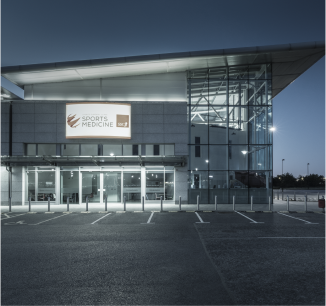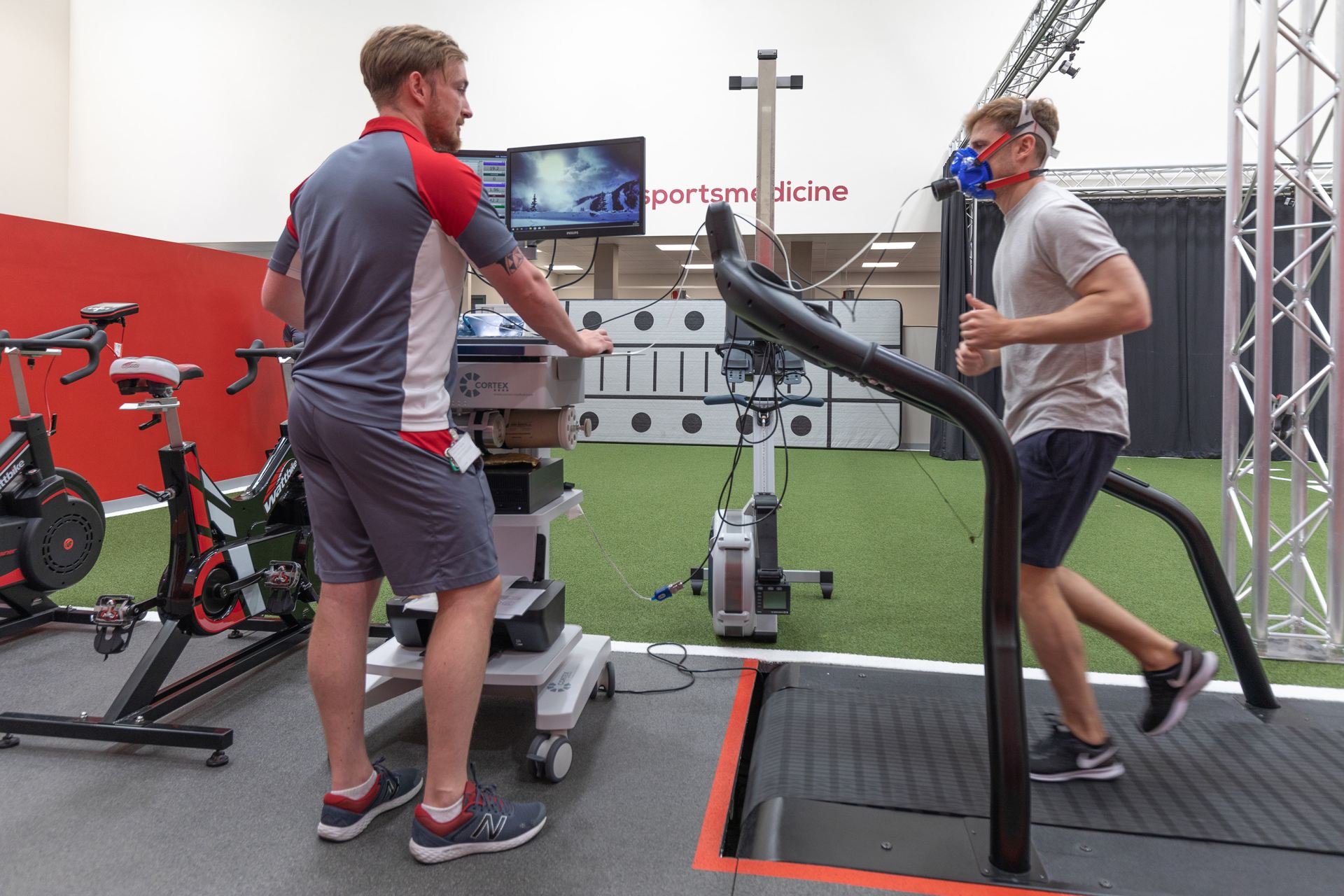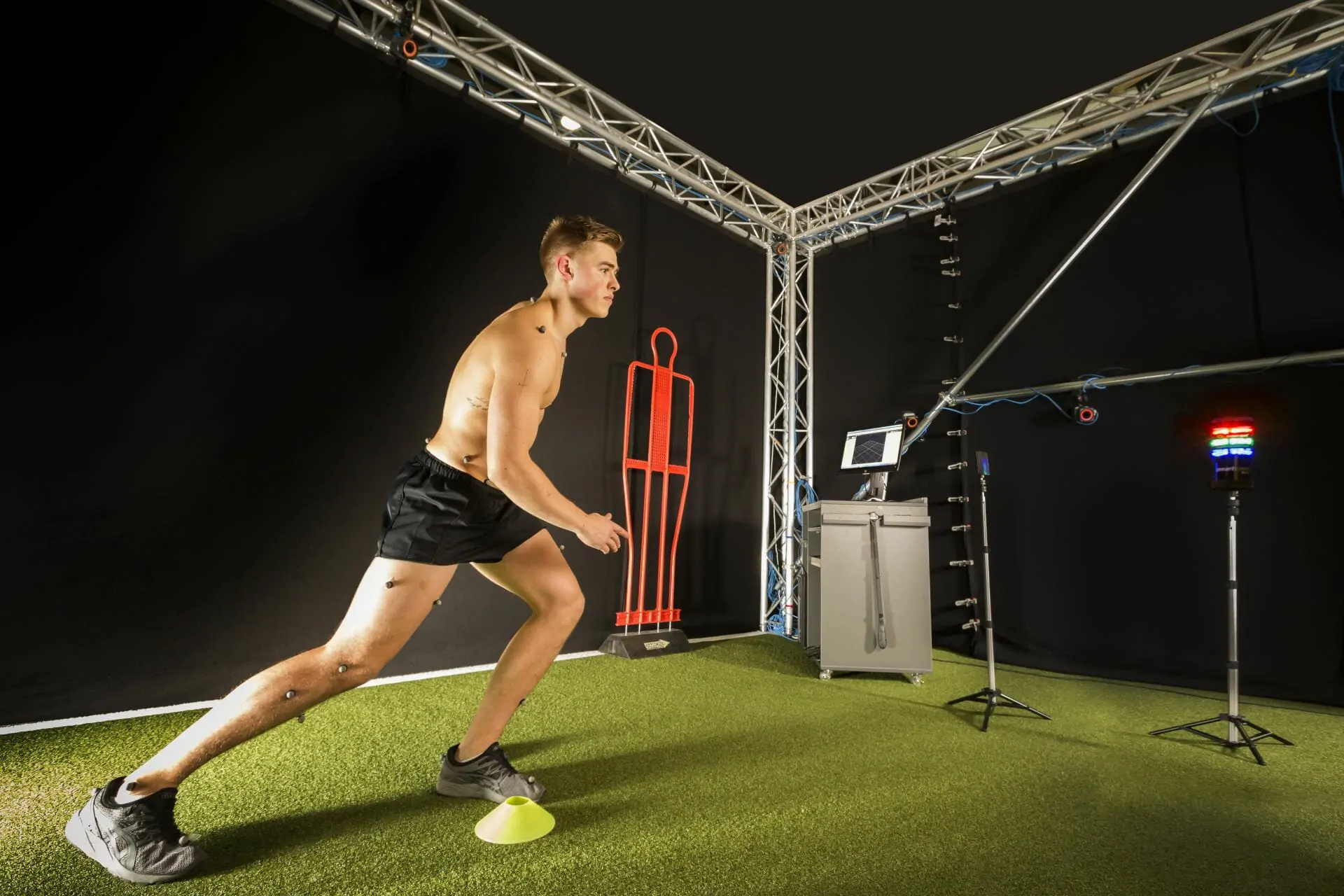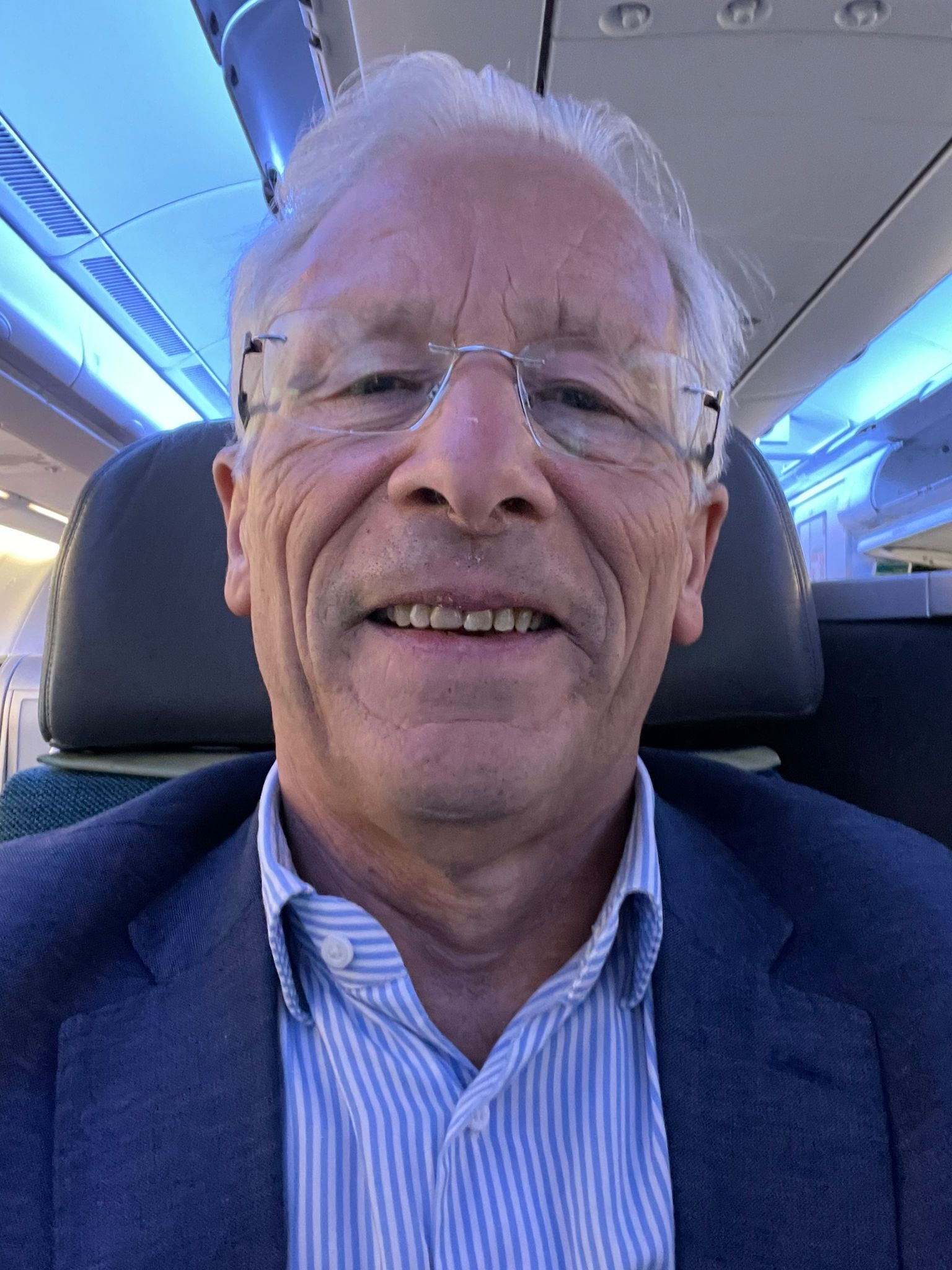The subacromial area lies between the top of the rotator cuff tendons at the top of the arm bone (humerus) and a bony prominence on the shoulder blade (acromion). Subacromial impingement develops if either the rotator cuff is injured or a bone spur is present under the acromion.
The rotator cuff and acromion will then rub against one another, causing a painful condition known as impingement. Each time the arm is raised there is a bit of rubbing on the tendons and the acromion, which may cause pain and inflammation.
Impingement may become a serious problem for some people and disturb their normal activities.
This is when treatment is needed. Most patients will have tried physiotherapy, anti-inflammatory medication and steroid injections prior to surgical intervention.
The keyhole surgery aims to increase the size of the subacromial area and reduce the pressure on the rotator cuff tendon. It involves a thorough arthroscopic examination of the complete joint followed by shaving away part of the acromion bone using special arthroscopic instruments to increase the space.
Some patients also have symptoms related to the small joint between the clavicle (collar bone) and the acromion (AC Joint) and this is also removed at the same time (AC joint excision arthroplasty).
The operative area is filled with a long-acting local anaesthetic. After this, the shoulder may well be sore and you will be given painkillers to help this whilst in hospital.
These can be continued after you are discharged home. Ice packs may also help reduce pain. Wrap frozen peas or crushed ice in a damp, cold cloth and place on the shoulder for up to 15 minutes.
The surgery is performed by filling the shoulder with fluid and using special arthroscopic (keyhole) instruments. The fluid gradually is absorbed by the body and the normal post-operative swelling resolves over 2-3 days.
Pain medication will be prescribed and should be taken for as long as pain persists.
Your consultant will advise you on when you may return to driving and work.
You may begin driving when you feel comfortable commonly at around one week following surgery.
Returning to work will depend on your occupation. If you are in a sedentary job you may return as soon as you feel able usually after one week.
If your job involves heavy lifting or using your arm above shoulder height you may require a longer period of absence typically 6 -8 weeks.













